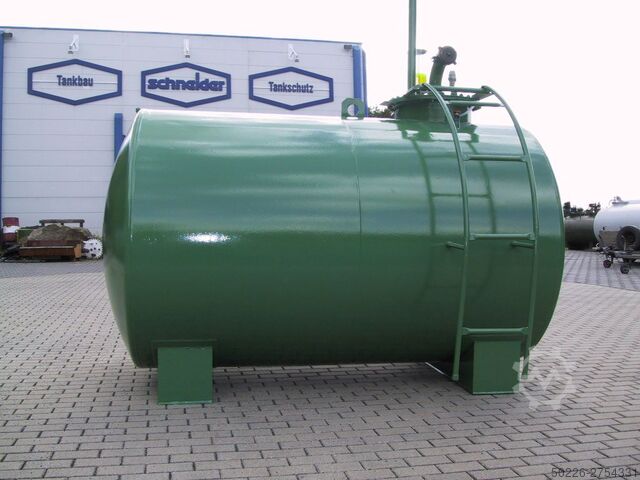When it comes to keeping your home warm during the colder months, choosing the right type of heating oil can make a significant difference in comfort, efficiency, and cost. With several types of heating oil available, it can be challenging to know which one is best suited for your home’s heating system and your personal needs. In this blog post, we’ll explore the different types of heating oil, their benefits and drawbacks, and provide tips on how to choose the best option for your situation.
Types of Heating Oil
The primary heating oils used in homes today are:
- No. 1 Heating Oil
- No. 2 Heating Oil
- Kerosene
- Biofuel (B20, B50, etc.)
Each of these types has its unique characteristics, and understanding their differences is key to making an informed decision.
1. No. 1 Heating Oil
No. 1 heating oil is a lighter, thinner fuel. It has a lower viscosity, meaning it flows more easily and is less prone to gelling in cold temperatures. This type of oil is often used in areas that experience extremely cold winters or in heating systems that require a low-viscosity fuel.
Pros:
- Ideal for Cold Weather: Since it has a lower viscosity, No. 1 heating oil is less likely to freeze or become thickened in freezing temperatures.
- Efficient Combustion: It burns more efficiently compared to other types of heating oil, providing more heat per gallon.
Cons:
- Higher Cost: No. 1 heating oil is typically more expensive than No. 2 heating oil.
- Shorter Burn Time: Because it’s a thinner oil, No. 1 heating oil burns faster than No. 2 heating oil, so you may find yourself needing to refill your tank more often.
Best for: Homes in areas with harsh winters or older heating systems that require thinner fuel.
2. No. 2 Heating Oil
No. 2 heating oil is the most commonly used type of heating oil in residential homes. It is a heavier oil, meaning it has a higher viscosity and tends to gel at lower temperatures than No. 1 oil. However, it is more cost-effective and offers better value for homeowners who don’t face extreme winter temperatures.
Pros:
- Cost-Effective: No. 2 heating oil is the most affordable option, making it the go-to choice for most homes.
- Longer Burn Time: Due to its higher viscosity, No. 2 oil burns more slowly, which means you won’t need to refill your tank as frequently.
Cons:
- Not Ideal for Extreme Cold: No. 2 heating oil is prone to gelling in colder temperatures, so it may not be suitable for homes in areas with freezing weather, especially if the oil is stored outdoors.
- Lower Efficiency in Some Systems: Some older or less efficient heating systems may struggle with the thicker consistency of No. 2 oil.
Best for: Homes in regions with milder winter climates or homes with modern heating systems designed for No. 2 oil.
3. Kerosene
Kerosene is a type of fuel that is often used in portable heaters or emergency heating systems. It is similar to No. 1 heating oil but has a few differences in terms of burn characteristics and cost.
Pros:
- Good for Portable Heaters: If you rely on portable or backup heating systems, kerosene can be an excellent choice because it burns cleanly and efficiently.
- Cold Weather Performance: Like No. 1 heating oil, kerosene is less likely to freeze or become viscous in cold temperatures, making it a good option for homes that experience very cold weather.
Cons:
- Higher Cost: Kerosene is generally more expensive than No. 1 and No. 2 heating oils, so it may not be the best option for a primary heating system unless it’s necessary for a backup system.
- Special Storage and Handling Requirements: Kerosene needs to be stored properly to avoid contamination, and it may require special equipment for safe use.
Best for: Homes that require backup heating or portable heating systems, especially in areas with extreme cold weather.
4. Biofuel (B20, B50, etc.)
Biofuels are renewable alternatives to traditional heating oils. Biofuel blends such as B20 (20% biodiesel, 80% petroleum-based oil) and B50 (50% biodiesel, 50% petroleum-based oil) have gained popularity due to their lower environmental impact.
Pros:
- Environmental Benefits: Biofuels are made from renewable sources such as vegetable oil, animal fats, or other organic materials. They burn cleaner than traditional heating oils and produce fewer carbon emissions.
- Energy Independence: Using biofuels can help reduce reliance on foreign oil, making it a more sustainable energy source.
Cons:
- Higher Cost: Biofuels are often more expensive than traditional heating oils, though this cost difference may be mitigated by government incentives and subsidies.
- Compatibility Issues: Not all heating systems are compatible with biofuels. Some older systems may require modifications to use biodiesel blends.
Best for: Environmentally conscious homeowners or those with modern heating systems capable of handling biofuels.

How to Choose the Right Heating Oil for Your Home
Now that we’ve reviewed the different types of heating oil, the next step is to figure out which one best suits your needs. Here are some key factors to consider:
1. Climate
The climate where you live plays a crucial role in determining the type of heating oil you should choose. If you live in a region with extremely cold winters, you may benefit from No. 1 heating oil or kerosene, as these options are less likely to freeze or become too thick for your system. On the other hand, if you live in a milder climate, No. 2 heating oil may be sufficient.
2. Heating System Compatibility
Make sure to check your heating system’s specifications to ensure it’s compatible with the type of heating oil you’re considering. Some systems are designed to handle only No. 2 oil, while others may work with No. 1 oil or biofuels.
3. Cost Considerations
While No. 2 heating oil is the most affordable option, it may not always be the best value depending on your location and needs. If you live in an area with frequent temperature extremes, investing in No. 1 heating oil or kerosene could save you money in the long run by preventing system malfunctions or disruptions. However, biofuels are becoming more competitively priced as they gain popularity, so it’s worth checking if subsidies or incentives are available in your area.
4. Environmental Impact
For homeowners looking to reduce their carbon footprint, biofuels offer an environmentally friendly alternative to traditional heating oils. While they may come at a higher upfront cost, their environmental benefits may outweigh the price difference in the long term.
5. Storage and Maintenance
Consider your home’s ability to store and handle different types of heating oil. If you choose a fuel like kerosene or biofuel, you may need additional storage space or specialized equipment. According to Space Coast Daily, it’s important to be aware of these considerations and to ensure that your home is equipped to handle the fuel choice you make. Be sure to account for these additional costs when deciding on the best fuel for your home.
Conclusion
Choosing the right type of heating oil involves balancing factors such as climate, cost, system compatibility, and environmental impact. No. 2 heating oil is the most common and cost-effective choice, but No. 1 heating oil, kerosene, and biofuels may be better suited for specific needs. By considering the factors mentioned above, you can ensure your home stays warm and efficient throughout the winter months while making an informed decision about the type of heating oil that’s right for you.





